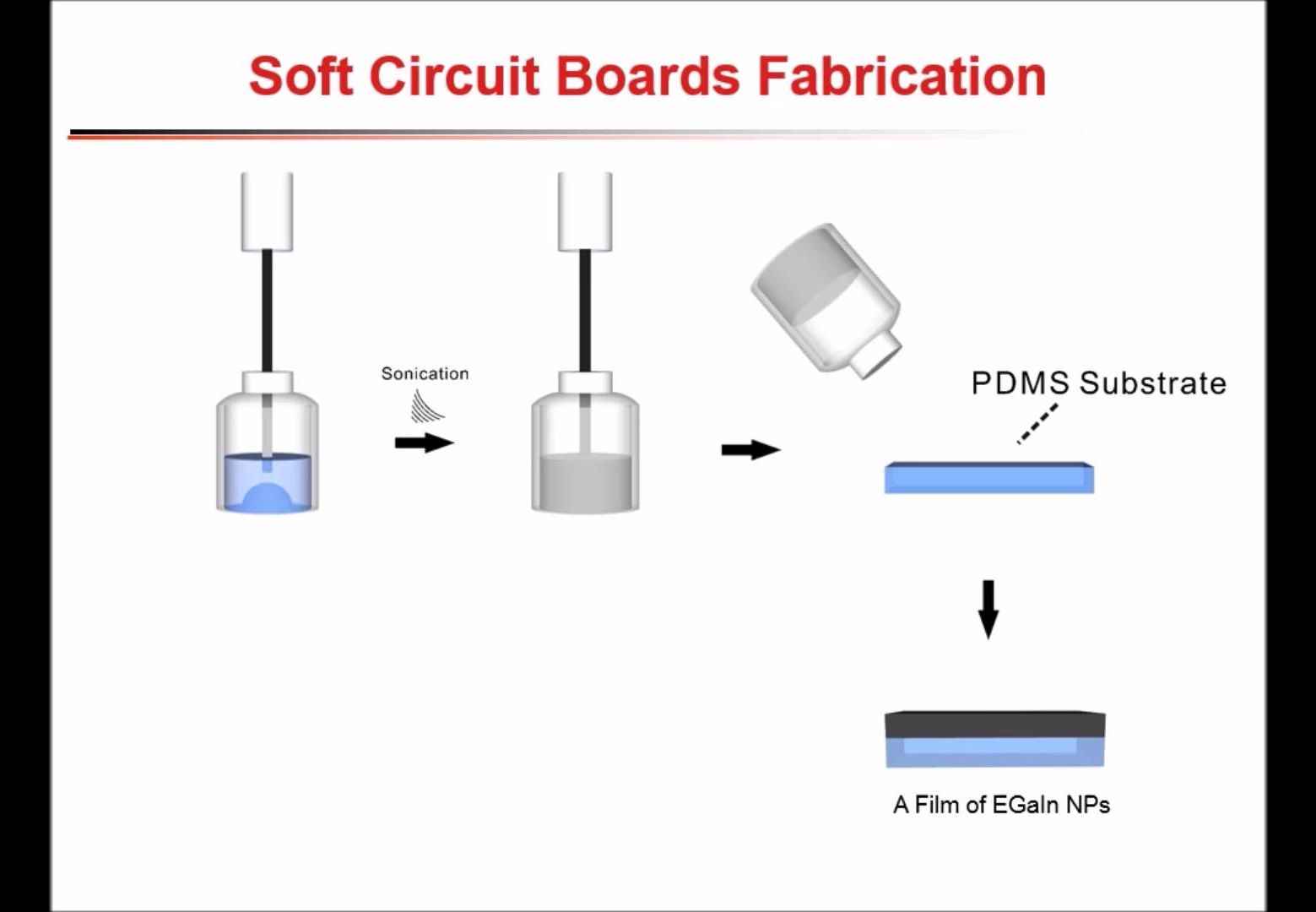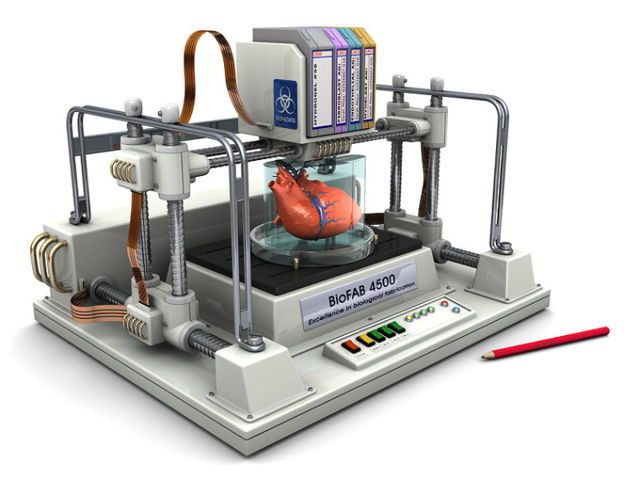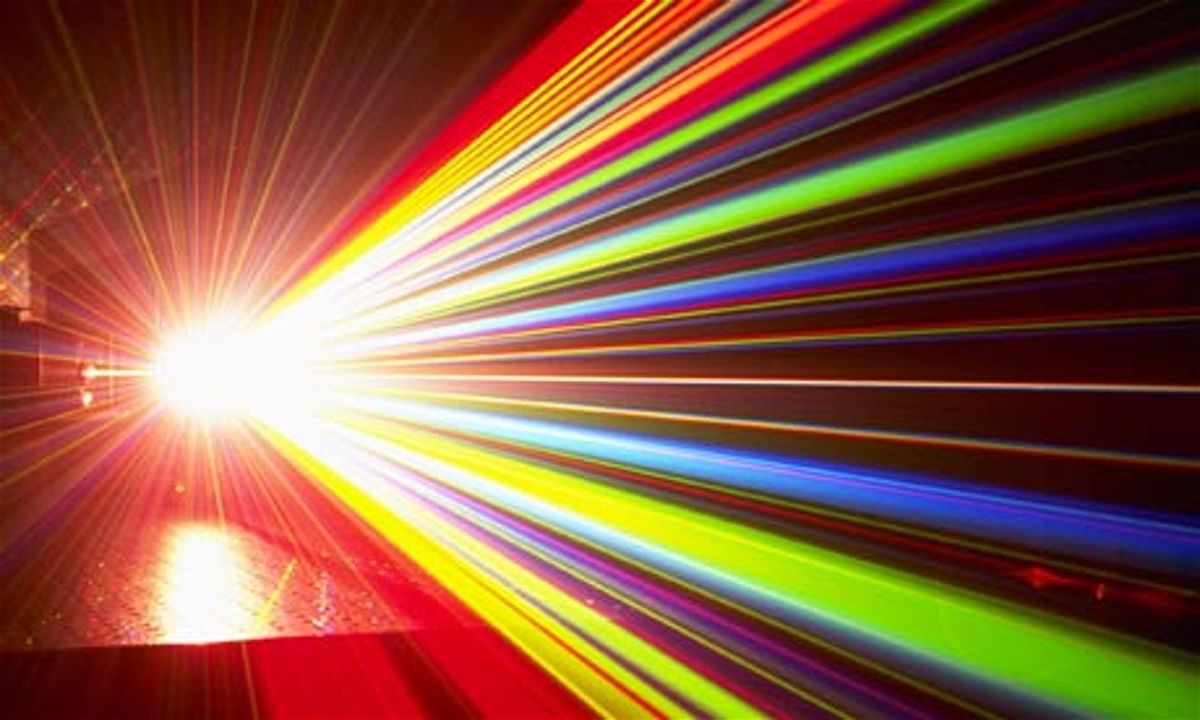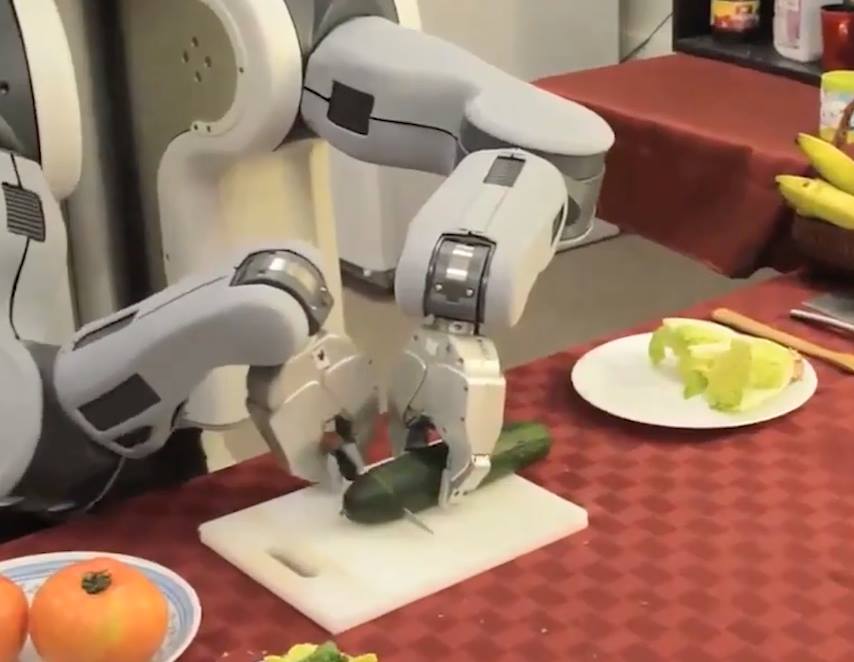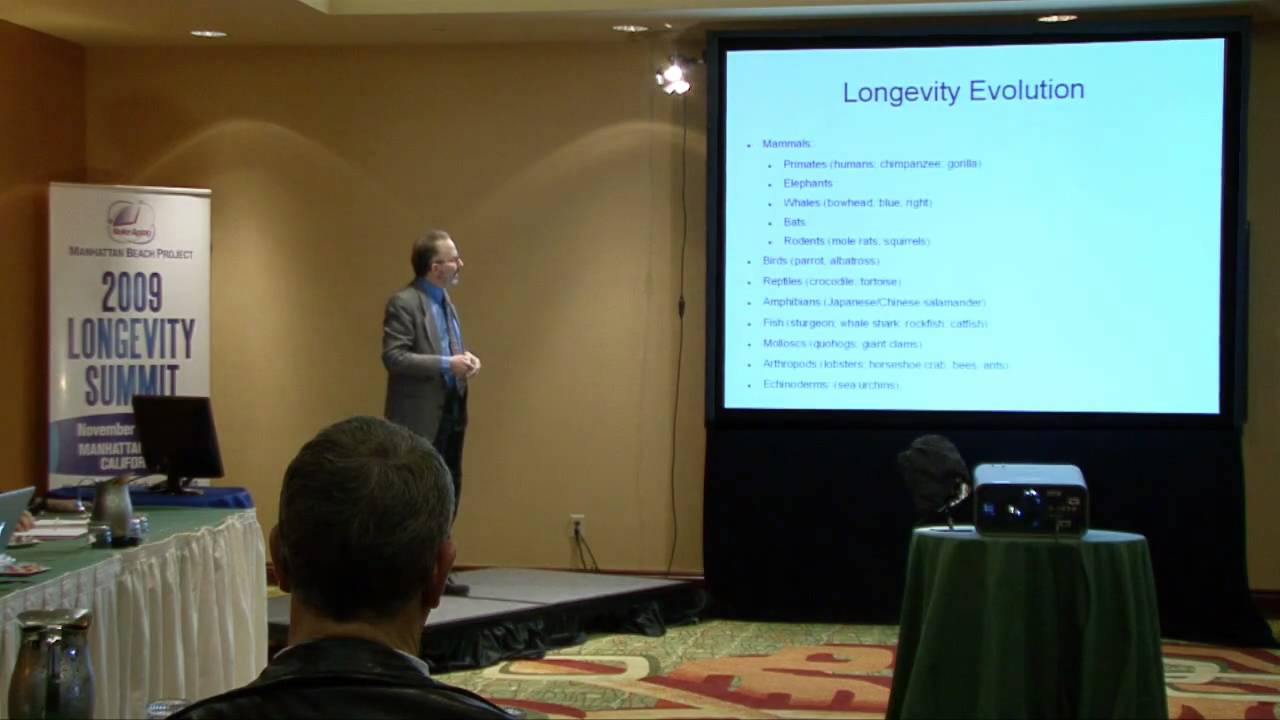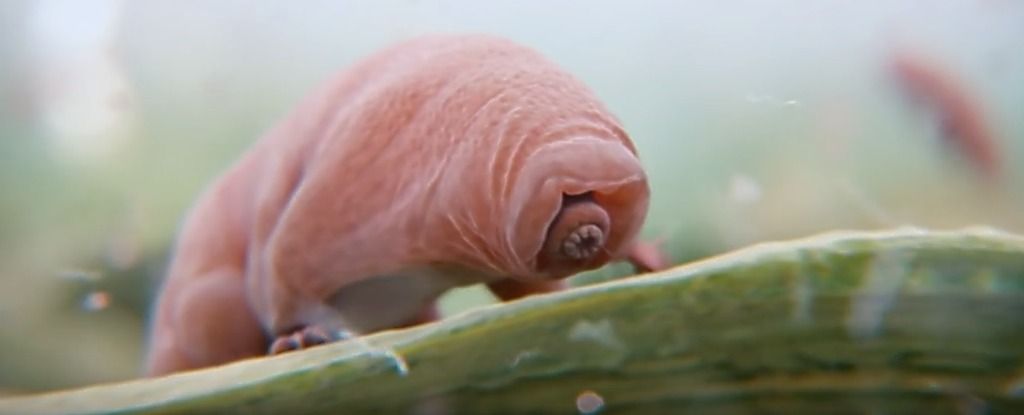Dec 27, 2015
‘Writable’ Circuits Could Let Scientists Draw Electronics into Existence
Posted by Sean Brazell in categories: biotech/medical, electronics, materials, wearables
Scientists have developed a way to produce soft, flexible and stretchy electronic circuits and radio antennas by hand, simply by writing on specially designed sheets of material.
This technique could help people draw electronic devices into existence on demand for customized devices, researchers said in a new study describing the method.
Continue reading “‘Writable’ Circuits Could Let Scientists Draw Electronics into Existence” »
